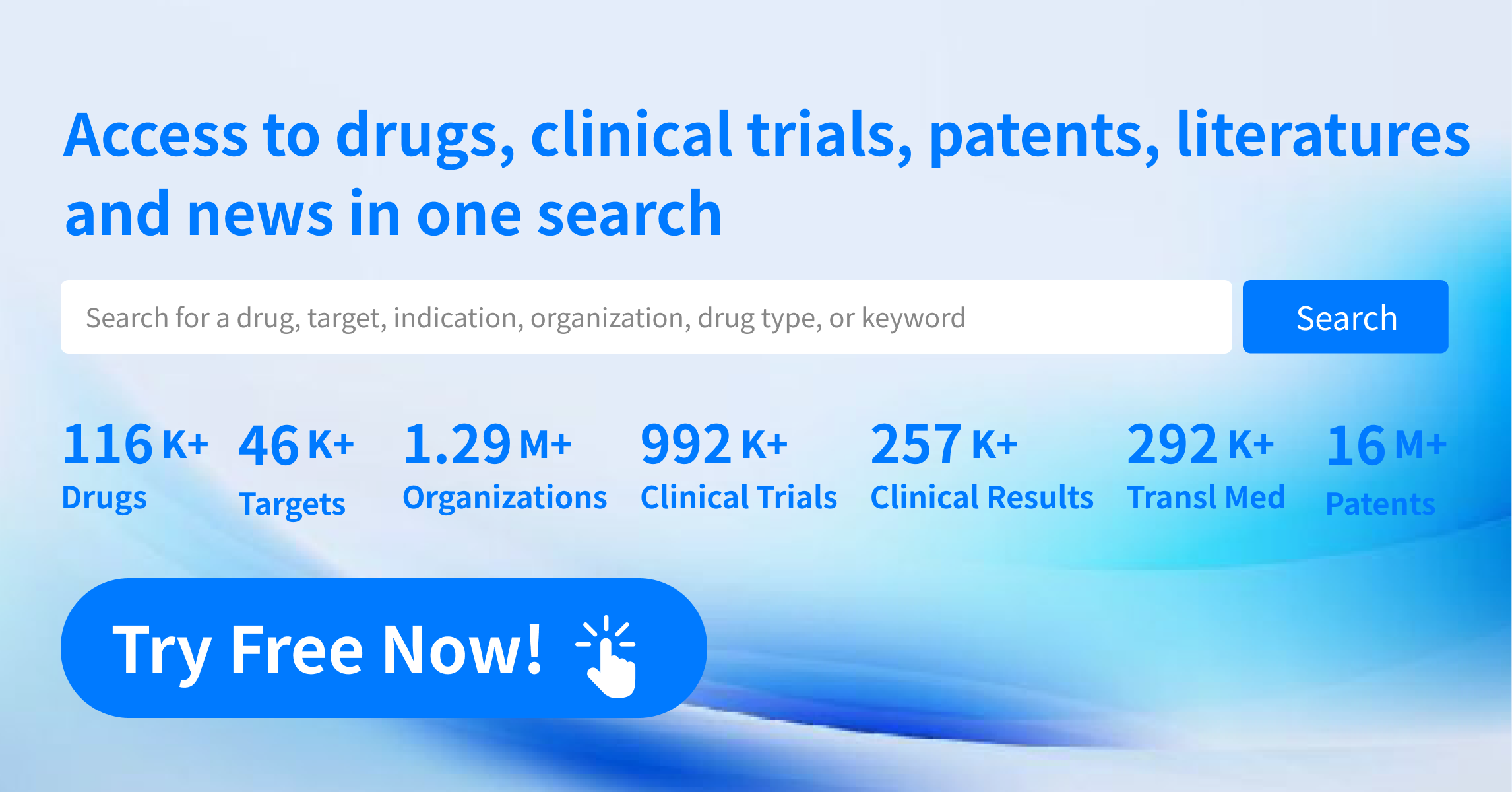Bulevirtide + Peginterferon Alfa-2a: Optimal Chronic Hepatitis D Therapy
A recent study has highlighted the effectiveness of combining bulevirtide with peginterferon alfa-2a over using bulevirtide alone for treating chronic hepatitis D. Published on June 6 in the New England Journal of Medicine, the findings were presented at the European Association for the Study of the Liver's annual congress in Milan from June 5 to 8.
Conducted by Dr. Tarik Asselah and his team at Université de Paris-Cité, the phase 2b trial included patients with chronic hepatitis D. Participants were divided into three groups with different treatment regimens: peginterferon alfa-2a alone (180 μg per week) for 48 weeks (24 patients); bulevirtide (either 2 mg or 10 mg daily) combined with peginterferon alfa-2a (180 μg per week) for 48 weeks followed by bulevirtide alone for another 48 weeks (50 patients at each dose level); and bulevirtide alone (10 mg daily) for 96 weeks (50 patients).
Results showed notable differences in the effectiveness of these treatments. At 24 weeks post-treatment, 17% of the patients in the peginterferon alfa-2a group had undetectable levels of HDV RNA. This was observed in 32% of patients receiving the 2-mg bulevirtide plus peginterferon alfa-2a combination, and in 46% of those in the 10-mg bulevirtide plus peginterferon alfa-2a group. In contrast, only 12% of patients treated with 10-mg bulevirtide monotherapy achieved undetectable HDV RNA levels. Specifically, the 10-mg bulevirtide plus peginterferon alfa-2a group showed a 34 percentage point higher success rate in achieving undetectable HDV RNA levels compared to the monotherapy group.
At 48 weeks post-treatment, the corresponding percentages of patients with undetectable HDV RNA levels were 25% for the peginterferon alfa-2a group, 26% for the 2-mg bulevirtide plus peginterferon alfa-2a group, 46% for the 10-mg bulevirtide plus peginterferon alfa-2a group, and 12% for the 10-mg bulevirtide monotherapy group.
The study also reported that the majority of adverse events were mild to moderate, with the most common being leukopenia, neutropenia, and thrombocytopenia.
The researchers concluded that a finite-duration regimen combining bulevirtide with peginterferon alfa-2a led to a sustained undetectable HDV RNA response that persisted beyond 24 weeks after treatment had ended. This suggests a promising approach for managing chronic hepatitis D with a combination therapy that proves more effective than monotherapy.
How to obtain the latest research advancements in the field of biopharmaceuticals?
In the Synapse database, you can keep abreast of the latest research and development advances in drugs, targets, indications, organizations, etc., anywhere and anytime, on a daily or weekly basis. Click on the image below to embark on a brand new journey of drug discovery!
